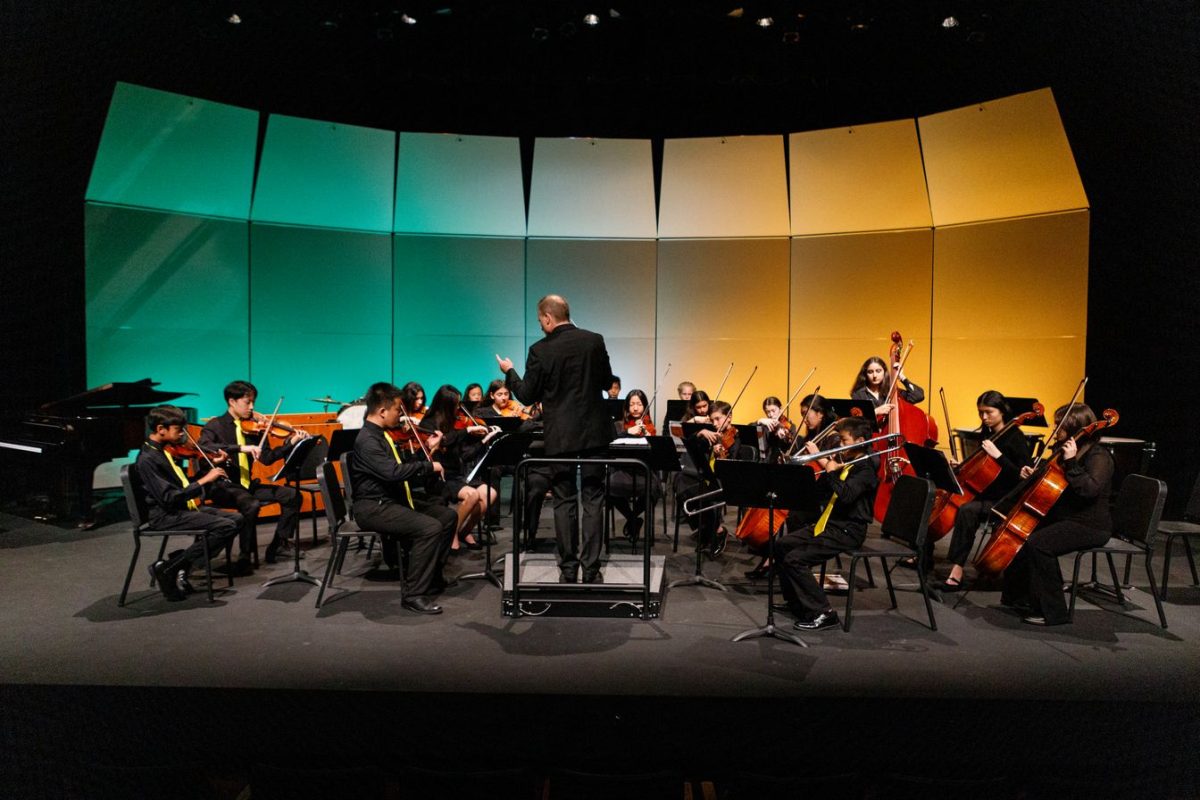Nine songs and a jazz band may not be what one imagines when they think of Shakespeare’s Hamlet. And yet, these past few months, the play was adapted and performed by members of the Bishop’s Performing Arts Department with these creative changes among others. Directed by Theater Teacher Dr. Kristen Tregar, the production was adapted to be set in a 1940’s jazz club — with nine striking songs added and played by the live jazz band on the stage.
The show was held on March 1, 8, and 9 with tickets selling out quickly upon their release. Hamlet lasted nearly three hours including its intermission. The audience was totally immersed in the era, the tragedy, the music, and the mystery of the play. All of this and the novelty of directorial decisions made for a production of stunningly high quality for a school performance that audience members should count themselves lucky to have experienced.
A Whole New Ophelia:
Part of what made Bishop’s adaptation of Hamlet so incredible were the choices made with its setting as well as with its characters. There is opportunity for such exploration in Shakespeare’s plays. Ben Hollingshead (‘24), who played Hamlet, noted that one needs to unpack “the nuances of his [Shakespeare’s] choice of words and phrases, of finding the rhythm and cadence in the language, and of making the language and the character your own.”
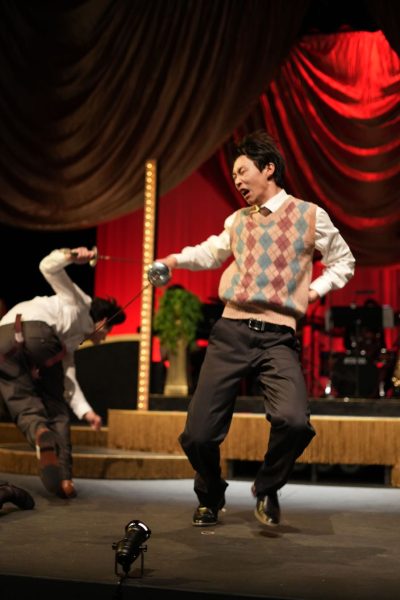
Lainie Beamer (‘25), who played Ophelia, explained that this production of Hamlet has been a “way of exploring a Shakespeare character which, truly, Dr. Tregar said she had never seen before.”
“This character, you really only see her played one way.” Lainie recounted the breakthrough for this character development in rehearsal, “[Dr. Tregar] goes, ‘the way that you stood up made me think that this character could be played entirely differently.’ And I was like, ‘Oh, that’s awesome. Would you care to elaborate?’”
Dr. Tregar described this moment, “In that one sliver of a moment, I was like, ‘wait a minute, what if she does have some agency? What if she does make a choice that changes how the story unfolds?’”
The result, Lainie explained, was that, “The scene, which was originally horribly rude to Ophelia, changes to this scene where she is a thinking human being.” This interpretation added to the plot because “[Ophelia] is dealing with the idea that she’s lying to her parents and she’s betraying her family, but also this physical and romantic intimacy that she has with Hamlet.” It reinforces the conflict, Lainie explained.
This choice changes the perception of Ophelia’s downfall into madness and it gives more sense to it, Dr. Tregar said, adding, “It is beautiful in how soul crushing it is to see her unravel.”
“This kind of interesting moment where literary theory and scholarship popped up in the rehearsal process and completely changed a lot of the show’s functioning. Those moments of discovery are so exciting when they happen,” Dr. Tregar said.
Nothing in the text prohibits the liberties Lainie and Dr. Tregar have taken. “There was nothing in the text that specifically precluded that from being a way to read the text,” said Dr. Tregar. In fact, Lainie explained that Shakespeare “never wrote down his plays, so he doesn’t have stage directions [and] everything is up to the reader to interpret which leaves so much room to the actor.”
The Playlist:
Another change from the usual with this Hamlet production is its addition of nine songs — making this version a musical, rather than simply a play. A play with music was an inevitable outcome given the jazz club setting and live jazz band, but the songs also added to the plot, making the production resemble more so a musical.
Listed in order of appearance, these songs included “Gangsta’s Paradise” by Coolio and sung by Mira Singh (‘25), who played Gertrude, “Bad Habits” by Ed Sheeran and sung by Lainie, “No Diggity” by Blackstreet and Dr. Dre performed shiver-inducingly by Sophie Gratry (‘27), who was Player 2, “Ain’t No Rest For the Wicked” by Cage The Elephant sung by Mira, “Grenade” by Bruno Mars sung by Lainie, “Hurt” by Johnny Cash sung acapella by Raphael Delgado (‘24), who played Claudius, “Flowers” by Miley Cyrus and “Crazy” by Gnarls Barkley sung by Lainie, and “Don’t Look Back in Anger” by Oasis performed by Riley Brunson (‘25), who played Horatio — all performed in a jazz style.
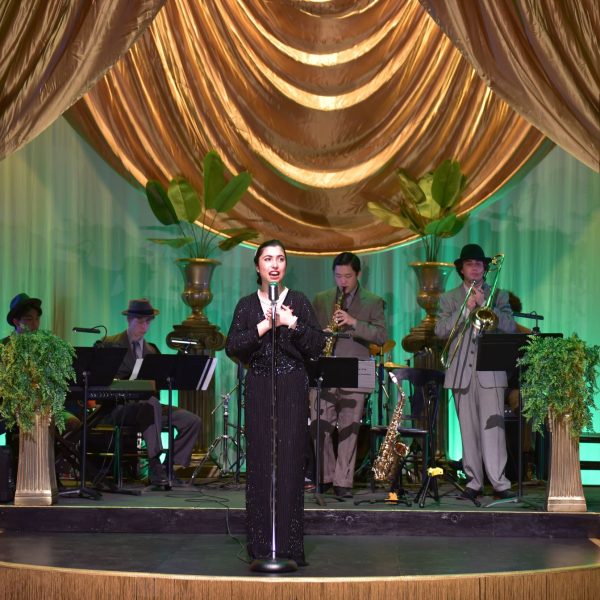
These songs were popular moments of the show: Lighting Designer Jerry Huber (‘24) said his favorite part of the show was “Bad Habits” while Lainie mentioned “Ain’t No Rest for The Wicked,” and Mira, who played Gertrude, said her favorite part was “Flowers.”
Mira elaborated that the performance of “Flowers,” which Lainie sings, “evolved into this moment in the show where you see so many different conflicts kind of boil to the surface.”
Referencing the original version of the song, Lainie stated, “If I hear that song one more time, I will scream.” And yet, she explained, “We take this song and it has transcended the music and the lyrics that I’m singing, and it has just become this moment of loneliness and emptiness and it became so vulnerable.”
Additionally, “What’s really special about it for me is every night it’s different. I mean, it follows the same basic idea, but there’s no set blocking for anything. It feels like one of the most like real moments of the show every single time we do it. I think it’s really powerful. It’s just one of those things that shows so much without necessarily words,” Mira said.
Setting the Stage:
As for the 1940’s setting of Bishop’s Hamlet, Dr. Tregar explained that it was inspired by the mysterious elements of the play.
From there, Dr. Tregar outlined her thought process, “If we look at the story of Hamlet and we superimpose this jazz club, then who’s who? Well, obviously Gertrude and Ophelia have to be like lounge singers, right? They have to be the jazz singers. And Claudius would be the club owner as the new king and Polonius, who’s always, always listening to the conversations, really interested in getting all the tea, he’s clearly the bartender.”
As for his lighting design, Jerry said, “I definitely took Peaky Blinders as a good example” of the mysterious, film noir aesthetic Dr. Tregar had in mind.
Notably, the set was designed to have the jazz band center stage. Ben said, “I love the fact that our jazz band is right there on stage with us, actively involved in many of the scenes rather than off to the side. I’m happy we were able to highlight them a lot more in this show.”
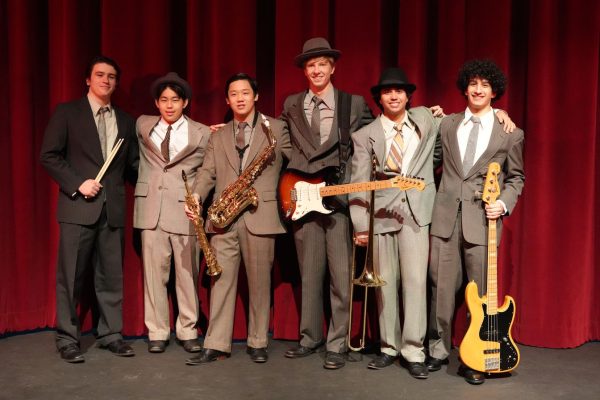
The School’s production of Hamlet involved a lot of adaptation of the traditional way to set up this production. But once the foundation was laid, Hamlet evolved into a jaw-dropping show.
Dr. Tregar reflected, “It also had a lot of moving parts and it took on a life of its own. It started to feel like the production was starting to drive itself, and we were all hustling to keep up with what it wanted to be.”
Mira said, “We’ve reached what you may call the finishing point, but we really haven’t because every single time we do it, it evolves in so many different ways.”
Ben encouraged students to join the performing arts program at the School. He said, “There is no more supportive and welcoming department than the performing arts. You might surprise yourself! And like me, you might discover it to be your home on campus.”



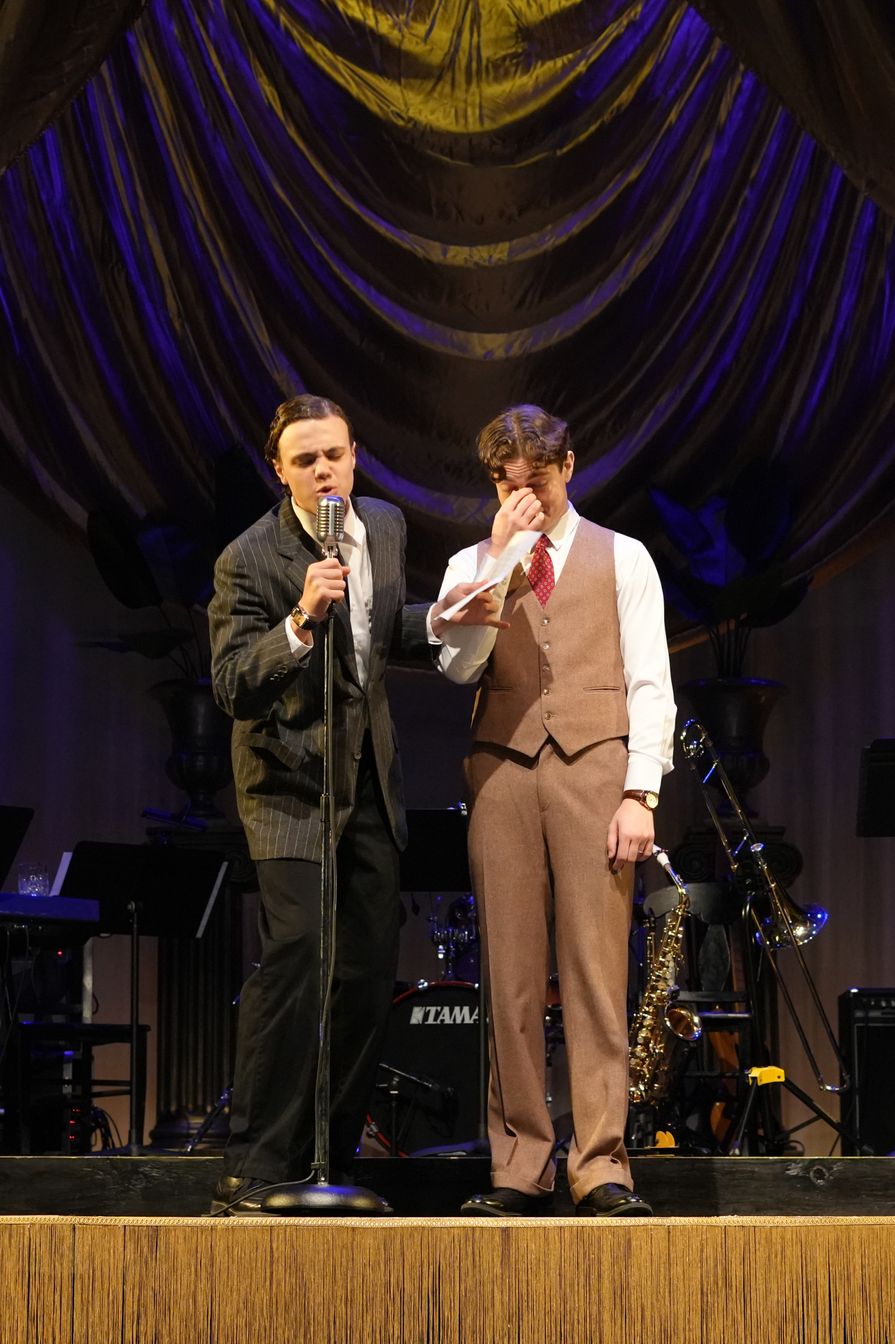
![Leia (‘30) and Sara Park (‘32) ended their combative performance with a yell known as a kiyap. Leia explained with a proud smile, “I realized this when I was little, but not many people see taekwondo every day. For me, it’s a daily occurrence, so it feels very normal…when I do [a performance] in public, everyone’s like ‘Wow, that’s really cool’. So it always reminds me how this isn’t a normal thing in other people’s lives and I think it’s really cool that I can share that.”](https://thebishopstower.com/wp-content/uploads/2025/10/Screenshot-2025-10-02-at-2.07.47-PM.png)


